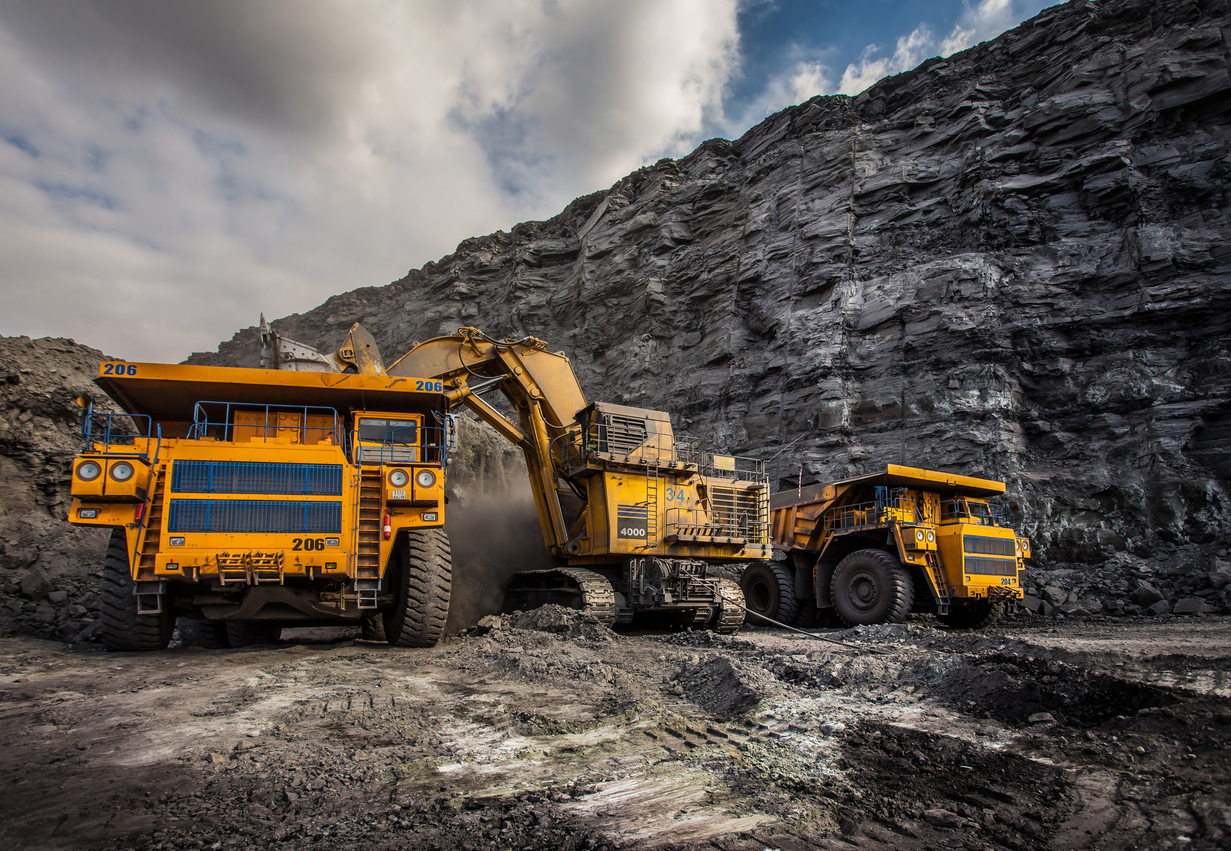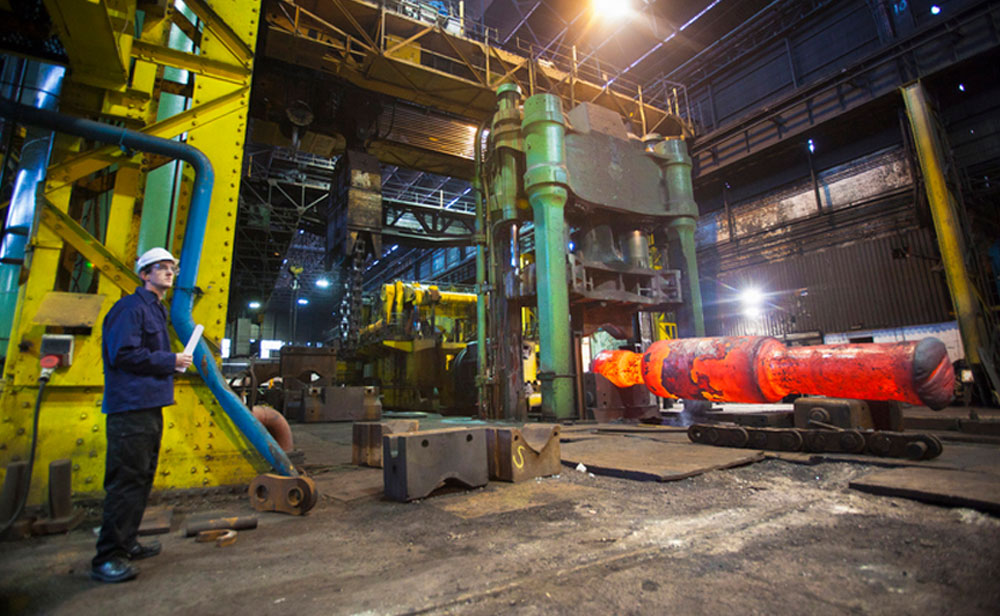Stainless Steel: All That Glitters…
Origins Stainless steel was first recognized as a commercial proposition in 1913, by Harry Brearley, a metallurgist in Sheffield, England, after he noticed that certain gun barrels containing around 13% chromium didn’t rust when they were left outside. What he’d discovered was a steel that approximates to what we know today as type





